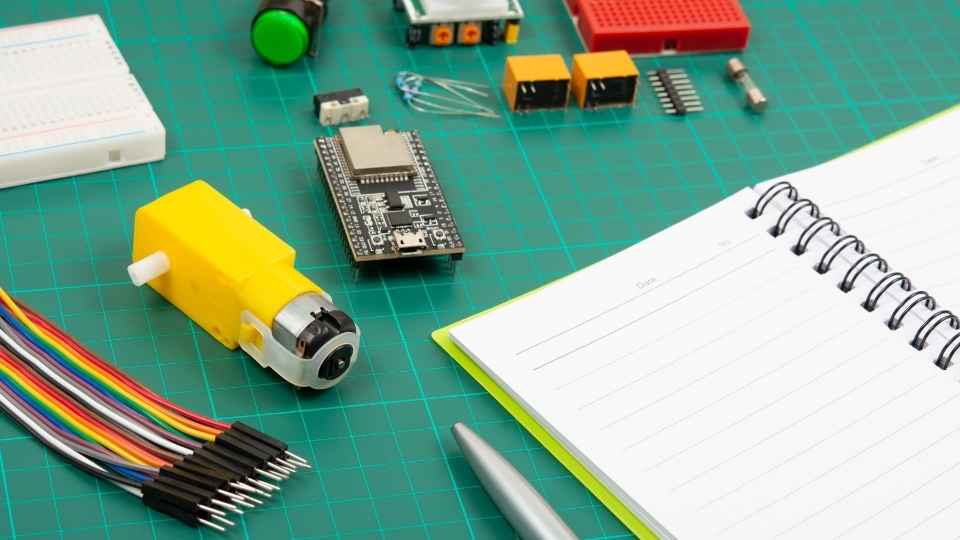
In our rapidly advancing technological landscape, the integration of robots into our daily lives is becoming increasingly prevalent. However, as we embrace this new era of automation, it is crucial to ensure that human-robot interactions are safe and secure.
This article delves into the world of robotic safety and explores how engineers are meticulously designing and implementing measures to mitigate risks and hazards. Through a combination of risk assessment, safety standards, sensor technology, collaborative robotics, training programs, and continuous monitoring, engineers strive to create an environment where humans and robots can coexist harmoniously without compromising on freedom or security.
Key Takeaways
- Engineers employ rigorous risk assessment and hazard identification processes to anticipate potential hazards and develop appropriate safeguards.
- Safety features such as emergency stop buttons and protective barriers are implemented to minimize potential harm or discomfort.
- Sensor technology and detection systems are utilized to ensure accurate detection for safe human-robot interactions, including advanced technologies like computer vision and machine learning algorithms.
- Collaborative Robotics focuses on developing robots that can work alongside humans, with safety measures like force and proximity sensors, collision detection and avoidance algorithms, and the establishment of safe working zones.
Risk Assessment and Hazard Identification
In order to ensure safe human-robot interactions in daily life, engineers employ rigorous risk assessment and hazard identification processes to identify potential dangers and implement necessary safety measures. These processes involve analyzing the potential risks associated with a robotic system, including mechanical failures, software malfunctions, and human errors.
By conducting thorough risk assessments, engineers can anticipate possible hazards and develop appropriate safeguards to mitigate the risks. This includes implementing safety features such as emergency stop buttons, protective barriers, and fail-safe mechanisms. Additionally, engineers work closely with experts in various fields such as psychology and human factors engineering to understand how humans interact with robots and design systems that minimize any potential harm or discomfort.
By prioritizing risk assessment and hazard identification, engineers strive to create a safe environment for humans interacting with robots.
Transitioning into the subsequent section about 'safety standards and regulations', it is crucial for these risk assessment processes to comply with established safety standards set by regulatory bodies.
Safety Standards and Regulations
The implementation of comprehensive safety standards and regulations is crucial for maintaining a secure environment during human-robot interactions. Engineers are actively working to ensure that robots can coexist safely with humans in daily life. Safety standards and regulations play a vital role in this process by providing guidelines and requirements for the design, manufacture, and operation of robotic systems.
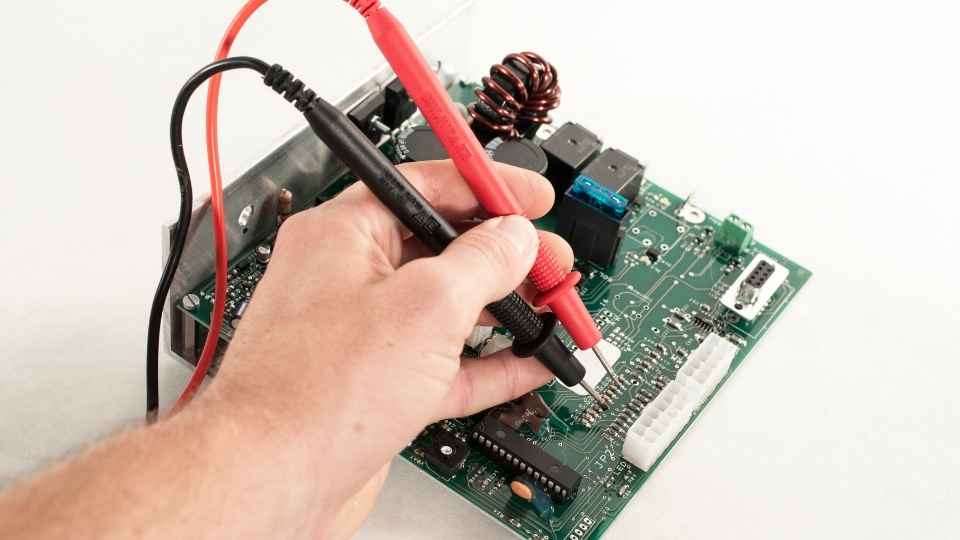
These standards address various aspects of safety, including physical safeguards, risk assessment, emergency stop procedures, and communication protocols. They also emphasize the importance of user training and clear instructions to promote safe interaction between humans and robots.
By adhering to these safety standards, engineers can minimize the risks associated with human-robot interactions while allowing for freedom in utilizing robotic technology. These regulations provide a framework that promotes innovation while also prioritizing the well-being and security of individuals involved in these interactions.
As technology continues to advance, ongoing updates to safety standards will remain necessary to ensure a secure environment for all.
Sensor Technology and Detection Systems
Sensor technology and detection systems play a crucial role in ensuring the accuracy of detection systems. These advanced technologies enable engineers to design and implement effective safety measures, especially in the context of human-robot interactions.
Accuracy of Detection Systems
To ensure safe human-robot interactions in daily life, engineers are actively working on improving the accuracy of detection systems. These systems play a vital role in identifying and tracking human presence to prevent potential collisions or hazards. To achieve higher accuracy, engineers are utilizing advanced technologies such as computer vision, machine learning algorithms, and depth sensing techniques.
Computer vision techniques enable robots to perceive their surroundings through visual data captured by cameras. By analyzing this data, engineers can develop algorithms that accurately detect and track humans in real-time. Additionally, machine learning algorithms allow robots to learn from past experiences and improve their detection capabilities over time.
Depth sensing techniques, such as LiDAR (Light Detection and Ranging), utilize laser beams to measure distances and create detailed 3D maps of the environment. This enables robots to have a more comprehensive understanding of their surroundings, enhancing the accuracy of human detection.
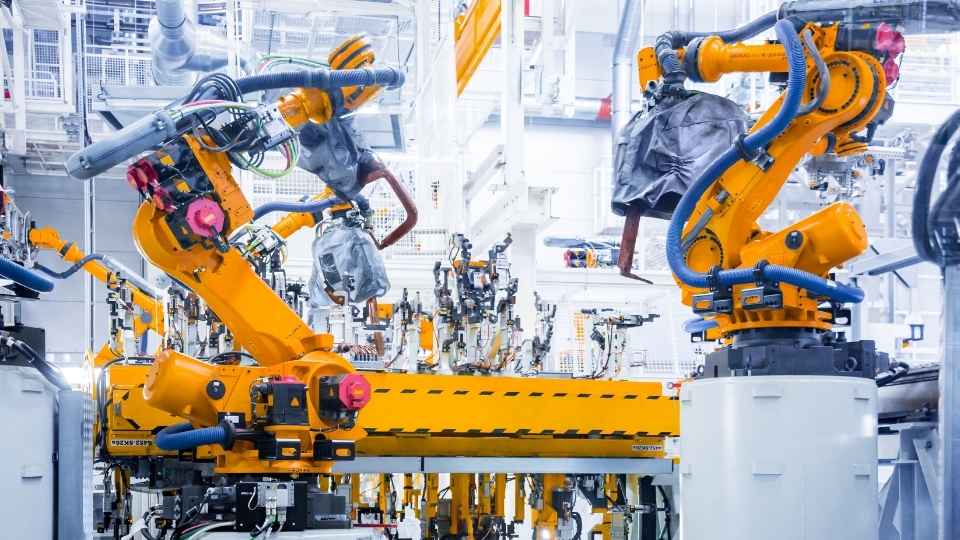
Role of Sensor Technology
By incorporating advanced sensor technology, engineers are revolutionizing the accuracy of detection systems for seamless human-robot integration.
Sensors play a crucial role in ensuring safe interactions between humans and robots by enabling real-time monitoring of the environment and detecting potential hazards.
These sensors employ various technologies such as vision, touch, proximity, and force sensing to gather data about the surroundings and provide feedback to the robot's control system.
For instance, vision sensors use cameras or depth sensors to capture images or 3D maps of the environment, allowing robots to detect obstacles or identify human presence accurately.
Proximity sensors utilize infrared or ultrasonic technology to measure distances between objects and prevent collisions.
Collaborative Robotics and Coexistence With Humans
Collaborative Robotics, also known as cobots, is a field of robotics that focuses on developing robots that can work alongside humans in a shared workspace.
The key challenge in this area is ensuring the safety of human-robot interactions. Engineers have implemented various safety measures such as force and proximity sensors, as well as advanced algorithms for collision detection and avoidance.
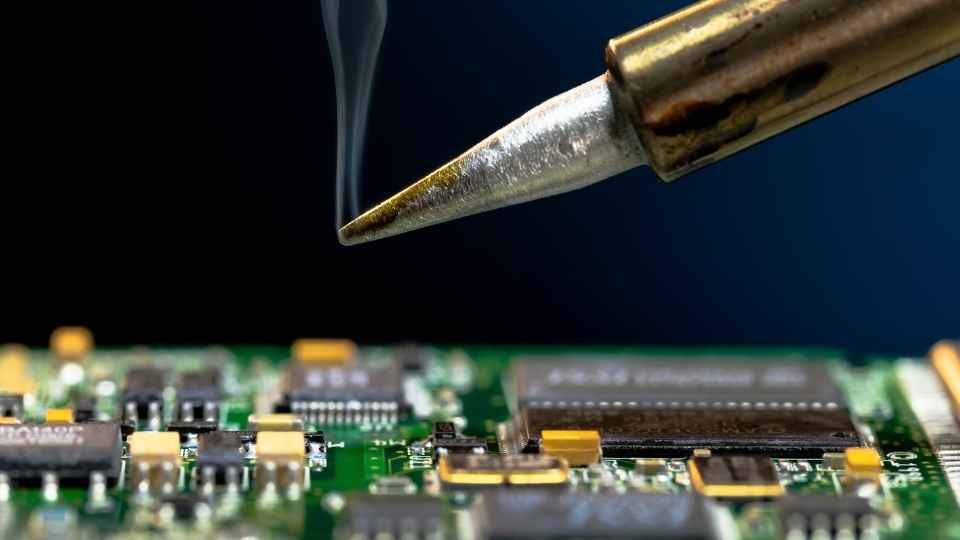
Safety Measures for Coexistence
Implementing robust safety measures is crucial for ensuring the safe coexistence of humans and robots in daily life. As engineers work towards this goal, they are employing various strategies to address potential risks and ensure human well-being.
Some of these safety measures include:
- Sensing Technology: Advanced sensors enable robots to detect and respond to human presence, ensuring they can operate safely in shared spaces.
- Collision Avoidance Systems: By utilizing algorithms and real-time data analysis, collision avoidance systems minimize the risk of accidents by enabling robots to navigate around obstacles or slow down when approaching humans.
- Safe Working Zones: Establishing clear boundaries or designated areas where robots can operate reduces the likelihood of unintended interactions with humans.
These safety measures not only protect individuals but also promote a sense of freedom, allowing humans to trust that they can engage with robotic technology without compromising their well-being.
Through careful implementation of these measures, engineers aim to create a harmonious environment where humans and robots can coexist safely.
Human-Robot Communication Techniques
Human-robot communication plays a crucial role in ensuring safe interactions between humans and robots. Engineers have developed various techniques to facilitate effective communication between the two entities. One such technique is natural language processing (NLP), which enables robots to understand and respond to human commands, allowing for intuitive interaction.
Additionally, gesture recognition technology allows humans to communicate with robots through non-verbal cues such as hand gestures or body movements. This enhances the user experience by providing an alternative mode of communication that mimics human-to-human interaction.
Furthermore, haptic feedback systems enable robots to provide physical feedback to humans, enhancing their perception and understanding of the robot's actions and intentions. By implementing these communication techniques, engineers aim to create a more harmonious and collaborative environment where humans can work alongside robots seamlessly.

Transitioning into the subsequent section on challenges of collaborative robotics, it is important to address the obstacles that arise when integrating humans and robots in shared spaces.
Challenges of Collaborative Robotics
Transitioning into the subsequent section on challenges of incorporating humans and robots in shared spaces, it is necessary to address the complexities that arise during their integration.
The collaboration between humans and robots brings about a multitude of emotions, including excitement, anxiety, and curiosity. These emotions stem from the potential benefits such as increased productivity and efficiency but also the fear of job displacement and loss of control.
Furthermore, ethical concerns surrounding privacy and security arise when humans share personal spaces with robots. The challenge lies in finding a balance between embracing technological advancements while preserving human dignity and autonomy. In order to achieve this delicate balance, engineers must focus on developing robust safety protocols that ensure seamless human-robot interactions while prioritizing individual freedom.
In the subsequent section about 'training and education for human-robot interaction', we will explore how preparing individuals for interacting with robots can help overcome these challenges effectively.
Training and Education for Human-Robot Interaction
To ensure safe human-robot interactions in daily life, engineers focus on equipping individuals with the necessary training and education for effective and harmonious collaboration.
Training programs are designed to impart knowledge about robotic systems, their capabilities, and limitations. Participants learn how to operate robots safely by understanding their functionalities, programming techniques, and safety protocols. Hands-on exercises allow individuals to practice real-life scenarios that they may encounter when working alongside robots.
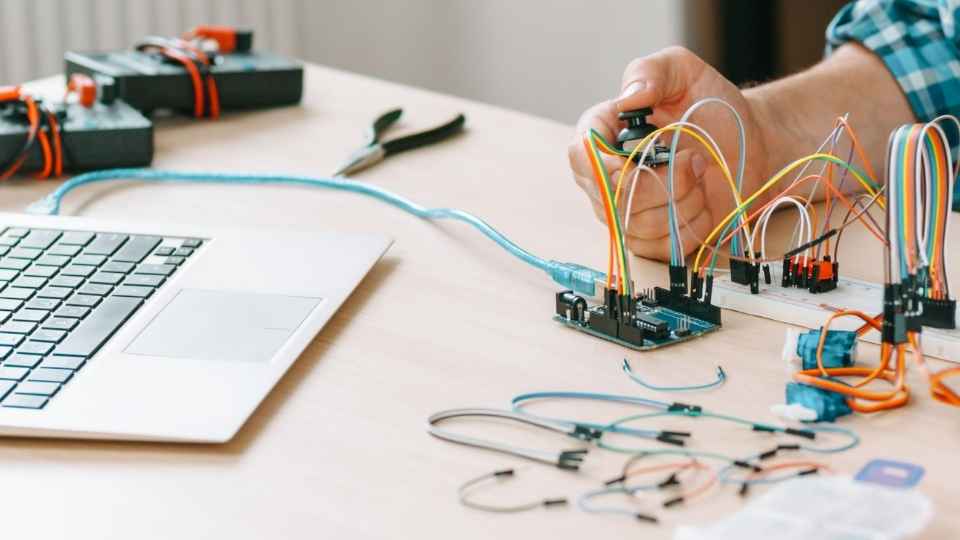
Education plays a crucial role in promoting awareness of potential risks associated with human-robot interaction. It emphasizes the importance of adhering to established safety guidelines and protocols while operating robotic systems. By providing comprehensive training and education, engineers aim to empower individuals with the skills required to identify hazards, mitigate risks, and respond effectively in dynamic situations.
Transition: With the foundation of training and education in place, continuous monitoring and evaluation of safety measures become essential to ensure ongoing protection during human-robot interactions.
Continuous Monitoring and Evaluation of Safety Measures
Continuous monitoring and evaluation of safety measures is crucial for maintaining a secure environment during interactions between individuals and robotic systems.
As engineers strive to ensure safe human-robot interactions in daily life, here are three key aspects they focus on:
Robust Risk Assessment: Engineers conduct comprehensive risk assessments to identify potential hazards and risks associated with human-robot interactions. This allows them to implement appropriate safety measures and protocols.
Real-time Monitoring: Continuous monitoring of the robot's behavior and performance enables immediate detection of any anomalies or deviations from expected norms. Real-time feedback helps engineers address potential safety issues promptly.
Regular Safety Audits: Periodic safety audits assess the overall effectiveness of implemented safety measures. By analyzing data collected from various sources, engineers can identify areas that require improvement, thus enhancing the overall safety of human-robot interactions.
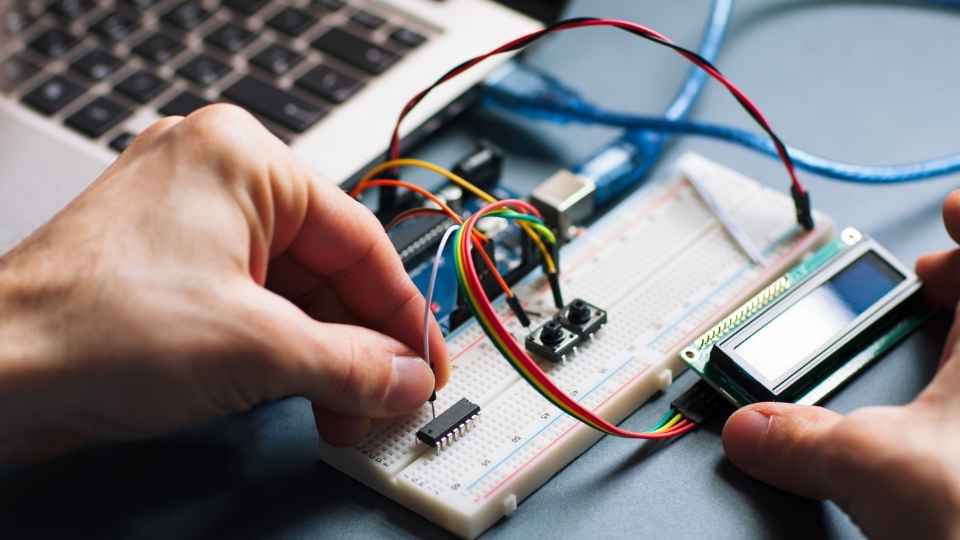
Through these continuous monitoring and evaluation efforts, engineers work towards creating an environment where humans can freely interact with robots without compromising their well-being or freedom.
Frequently Asked Questions
What Are the Most Common Risks and Hazards Associated With Human-Robot Interactions?
The most common risks and hazards associated with human-robot interactions include physical injury due to collisions or accidents, ergonomic issues from repetitive tasks, and psychological harm resulting from fear or anxiety caused by the presence of robots.
How Do Safety Standards and Regulations Differ Across Different Countries or Regions?
Safety standards and regulations for human-robot interactions vary across different countries or regions. It is important for engineers to understand and comply with these variations to ensure the safe integration of robots into daily life.
What Are the Limitations of Current Sensor Technology and Detection Systems in Ensuring Safe Human-Robot Interactions?
Current sensor technology and detection systems have limitations in ensuring safe human-robot interactions. These limitations include accuracy, range, response time, and ability to detect subtle human behaviors. Engineers are working on overcoming these challenges through advancements in sensor technology and machine learning algorithms.
How Do Collaborative Robots Ensure Safe Coexistence With Humans in Dynamic Environments?
Collaborative robots ensure safe coexistence with humans in dynamic environments through advanced sensor technology, real-time monitoring systems, and adaptive control algorithms. These technologies enable the robots to detect and respond to human presence, avoiding collisions and ensuring a secure working environment.
What Kind of Training and Education Programs Are Available for Individuals Involved in Human-Robot Interaction?
Training and education programs play a crucial role in equipping individuals involved in human-robot interaction with the necessary skills and knowledge. These programs focus on various aspects such as safety protocols, risk assessment, programming, and maintenance to ensure safe coexistence between humans and robots.
 Basic Electronics ConceptsEssential ToolsCircuit Design BasicsMicrocontrollersDIY Electronics ProjectsRoboticsPrivacy PolicyTerms And Conditions
Basic Electronics ConceptsEssential ToolsCircuit Design BasicsMicrocontrollersDIY Electronics ProjectsRoboticsPrivacy PolicyTerms And Conditions
